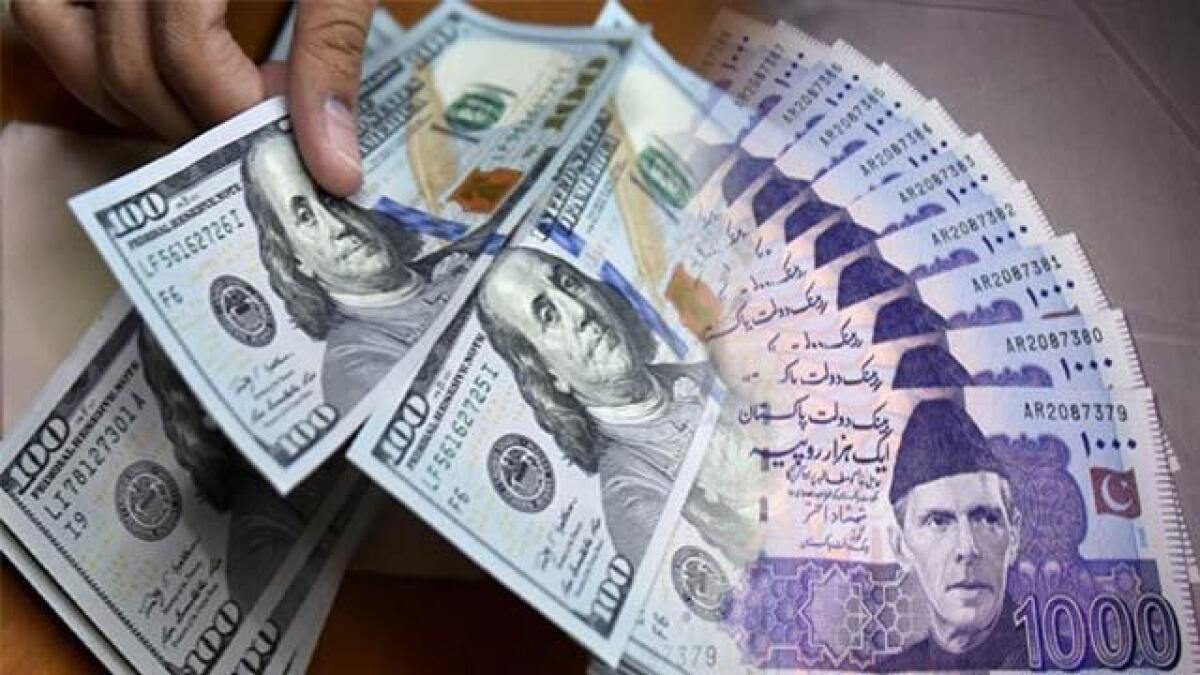Introduction To 1 USD to PKR
The exchange rate between the US Dollar (USD) and the Pakistani Rupee (PKR) is a key economic indicator for Pakistan, influencing everything from trade, remittances, and foreign investment to inflation and the cost of goods. Over the years, this exchange rate has been a matter of concern and discussion for economists, businesses, and individuals alike.
The value of the Pakistani Rupee against the US Dollar fluctuates due to several internal and external factors. In this article, we will explore the main factors affecting the 1 USD to PKR exchange rate, its impact on the economy, and a comparison with the exchange rate between the British Pound (GBP) and PKR. Additionally, we will explore how individuals and businesses can manage foreign exchange risks.
The History of USD to PKR Exchange Rate
Historically, the Pakistani Rupee has depreciated against the US Dollar. In the early 2000s, the exchange rate was relatively stable, hovering around 60-65 PKR per USD. However, in the past decade, Pakistan has witnessed significant depreciation of its currency, largely due to economic instability, rising inflation, and current account deficits.
In 2024, the exchange rate is above 300 PKR per USD, indicating a severe depreciation over time. This depreciation is linked to multiple factors including debt servicing, trade imbalances, and political instability in the country.
Key Factors Influencing the USD to PKR Exchange Rate
1. Inflation Rate
The inflation rate in Pakistan plays a significant role in determining the exchange rate. A high inflation rate erodes the value of the Pakistani Rupee, making it weaker compared to the US Dollar. For instance, inflation in Pakistan has surged over the years due to rising energy costs, food prices, and fiscal policies, contributing to the Rupee’s depreciation.
2. Trade Deficit
Pakistan has consistently run a trade deficit, meaning it imports more than it exports. A large portion of Pakistan’s imports are denominated in US Dollars, including essential items like oil and machinery. This increased demand for US Dollars puts downward pressure on the PKR. Furthermore, a trade deficit causes foreign reserves to deplete, further weakening the currency.
3. Debt Repayments
Pakistan’s external debt is another key factor. A significant portion of Pakistan’s debt is denominated in US Dollars, and repaying this debt requires the country to purchase more USD, increasing demand and causing the PKR to weaken further. Additionally, as global interest rates rise, it becomes more expensive for Pakistan to service its debt, further exacerbating the pressure on the Rupee.
4. Foreign Remittances
Remittances from overseas Pakistanis play a crucial role in stabilizing the exchange rate. These remittances, largely sent in US Dollars, help the country increase its foreign reserves. However, if remittance flows decrease or if there are global economic challenges in countries where Pakistanis work, the impact on the PKR can be negative.
5. Political Instability
Political instability often leads to a lack of investor confidence. This reduces foreign direct investment (FDI) and portfolio investments, causing foreign reserves to shrink and weakening the Rupee. Over the years, political uncertainty in Pakistan has contributed significantly to the devaluation of its currency.
6. Global Economic Conditions
Global economic factors, including US monetary policy, can also affect the USD to PKR exchange rate. For instance, when the US Federal Reserve raises interest rates, it makes the US Dollar more attractive to investors, resulting in a stronger USD. This, in turn, weakens currencies like the PKR.
The Impact of USD to PKR Exchange Rate on Pakistan’s Economy
The devaluation of the PKR against the USD has widespread implications for Pakistan’s economy:
1. Imported Goods Become More Expensive
As the PKR weakens, the cost of imported goods rises. Since Pakistan imports a large amount of its energy, food, and industrial machinery, this leads to inflationary pressures within the country. Prices for essential goods increase, impacting the cost of living for ordinary citizens.
2. Debt Burden Increases
Pakistan’s external debt, mostly denominated in US Dollars, becomes more expensive to service as the Rupee depreciates. This increases the fiscal burden on the government and limits its ability to spend on public services and infrastructure.
3. Investment and Business Environment
The depreciating Rupee also affects the business environment in Pakistan. A weak currency can make local businesses less competitive internationally due to increased production costs. However, a weaker PKR can make Pakistani exports more competitive abroad, potentially boosting exports.
4. Impact on Inflation
A weaker PKR often leads to imported inflation, where the prices of goods rise as a result of higher import costs. This particularly affects sectors reliant on foreign goods and services, such as technology, automobiles, and healthcare.
5. Remittances and Foreign Reserves
While a weaker PKR is generally negative, it can have one positive effect: it increases the value of remittances sent by overseas Pakistanis. When remittances come in US Dollars, the equivalent amount in PKR increases, supporting many households and boosting the country’s foreign reserves.
Strategies for Managing Exchange Rate Risks
For individuals and businesses dealing in foreign exchange, it is important to manage the risks associated with fluctuations in the USD to PKR exchange rate. Here are some strategies:
1. Hedging
Companies involved in importing or exporting goods can use financial instruments like futures contracts to hedge against currency fluctuations. This helps stabilize costs and revenues despite the volatility in exchange rates.
2. Diversifying Currency Holdings
Individuals and businesses can diversify their currency holdings by maintaining reserves in stable currencies like the US Dollar, Euro, or Pound. This provides a buffer against the devaluation of the PKR.
3. Negotiating Contracts in Foreign Currency
Exporters in Pakistan can negotiate their contracts in US Dollars to protect themselves against the devaluation of the PKR. This ensures that they are not affected by sudden changes in the exchange rate.
1 Pound to PKR: A Comparison
The British 1 Pound to PKR exchange rate has followed a similar trajectory as the USD to PKR exchange rate, with the PKR depreciating significantly against the Pound. As of 2024, the exchange rate is over 400 PKR per GBP.
Just like the USD to PKR exchange rate, the GBP to PKR rate is influenced by factors such as inflation, trade deficits, debt repayments, and global economic conditions. However, due to the UK’s relatively smaller role in Pakistan’s trade and remittance flows compared to the US, the Pound does not have as direct an impact on Pakistan’s economy as the US Dollar.
Factors Influencing 1 Pound to PKR Exchange Rate
-
Trade Relations: The trade volume between the UK and Pakistan is relatively smaller compared to Pakistan’s trade with the US. Therefore, the demand for Pounds in Pakistan is lower than that for US Dollars.
-
Remittances: A considerable number of Pakistanis live and work in the UK, sending back remittances. These remittances, usually in GBP, help boost foreign reserves, stabilizing the PKR to some extent.
-
Political and Economic Stability in the UK: The UK’s economic policies, such as those implemented post-Brexit, can also influence the GBP to PKR exchange rate. Political developments in the UK and changes in interest rates by the Bank of England can impact the strength of the GBP, thereby affecting the exchange rate.
Conclusion
The exchange rates between the Pakistani Rupee and major currencies like the US Dollar and British Pound have significant implications for Pakistan’s economy. The factors influencing these rates are complex, ranging from domestic inflation and political instability to global economic trends and foreign debt.
For individuals and businesses, understanding the dynamics of exchange rates is crucial in managing foreign exchange risks and capitalizing on favorable movements. The depreciation of the PKR presents both challenges, such as rising import costs and inflation, and opportunities, like increased remittance value and export competitiveness. Managing these dynamics effectively is key to ensuring economic stability in Pakistan.




